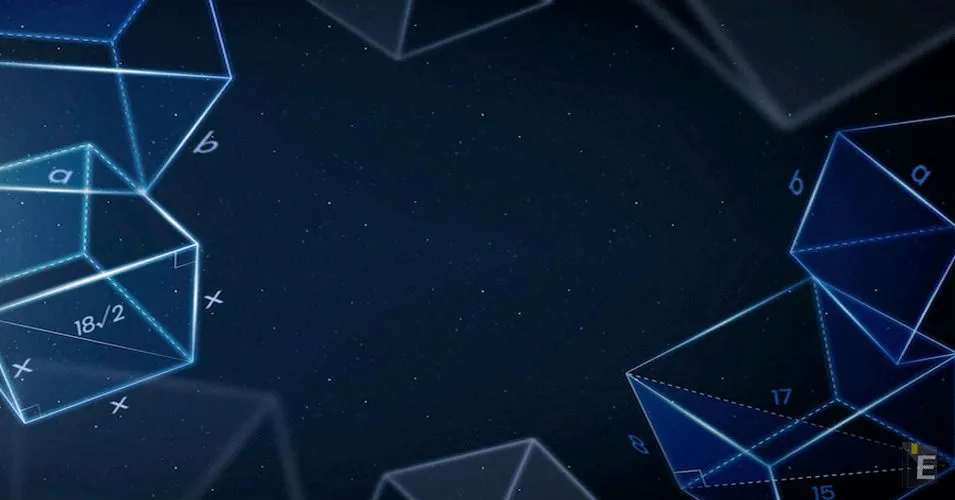


(A) Rs. 650
(B) Rs. 690
(C) Rs. 698
(D) Rs. 700
The simple interest on a sum of money is 4 / 9 of the principal and the number of years is equal to the rate percent per annum. The rate per annum is
(A) 5 %
(B)
(C) 6 %
(D)
In how many years will Rs 4600 amount to Rs 5428 at 3 % per annum simple interest?
(A) 3
(B) 5
(C) 6
(D) 4
(E) None of these
Ram deposited a certain sum of money in a company at 12 % per annum simple interest for 4 years and deposited equal amount in fixed deposit in a bank for 5 years at 15 % per annum simple interest. If the difference in the interest from two sources is ₹ 1350 than the sum deposited in each case is
(A) ₹ 3000
(B) ₹4000
(C) ₹ 6500
(D) ₹ 5000
The principal which gives ₹ 1 interest per day at a rate of 5 % simple interest per annum is
(A) ₹ 5000
(B) ₹35500
(C) ₹ 7300
(D) ₹3650
If x, y, z are three sum of money such that y is the simple interest on x and z is the simple interest on y for the same time and at the same rate of interest, then what is the relation between x, y, z we have –
(A)
(B) xyz = 1
(C)
(D)
Two equal sum were lent out at 7% and 5% S.I respectively. The interest earned on the two loans add up to ₹960 for 4 years. The total sum lent out is
(A) ₹ 3500
(B) ₹ 2500
(C) ₹ 2000
(D) ₹ 3000
₹ 800 becomes ₹ 956 in 3 years at a certain rate of simple interest. If the rate of interest is increased by 4 %, what amount will ₹ 800 become in 3 years?
(A) ₹ 1020.80
(B) ₹ 1025
(C) ₹ 1052
(D) ₹ 1050
(A) 5%
(B)
(C) 6%
(D)
(A) 0.1%
(B) 0.2%
(C) 0.3%
(D) 0.4%
Get the Examsbook Prep App Today